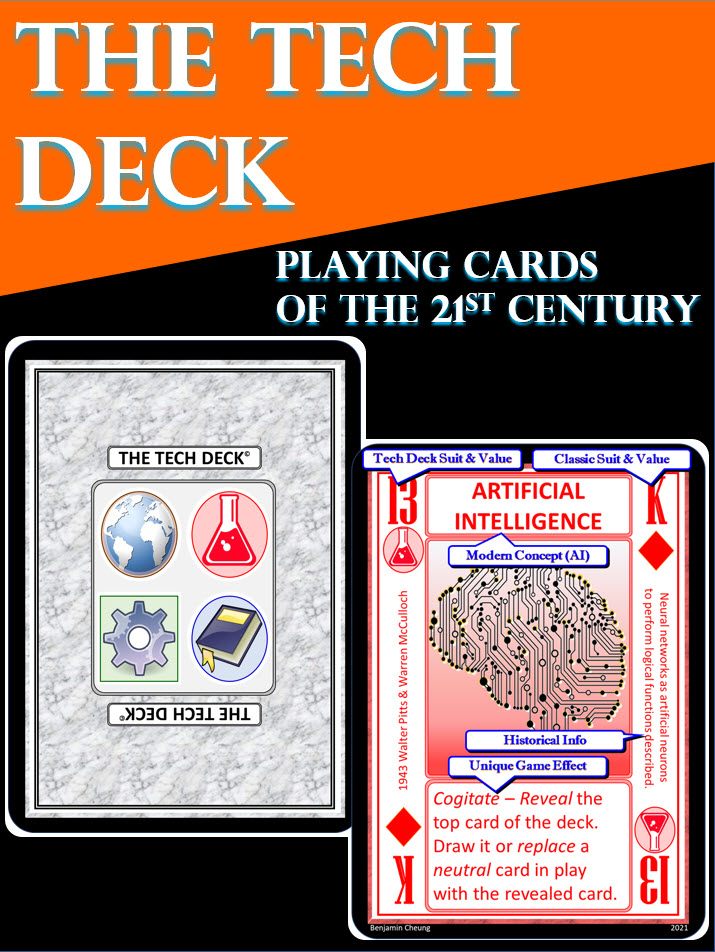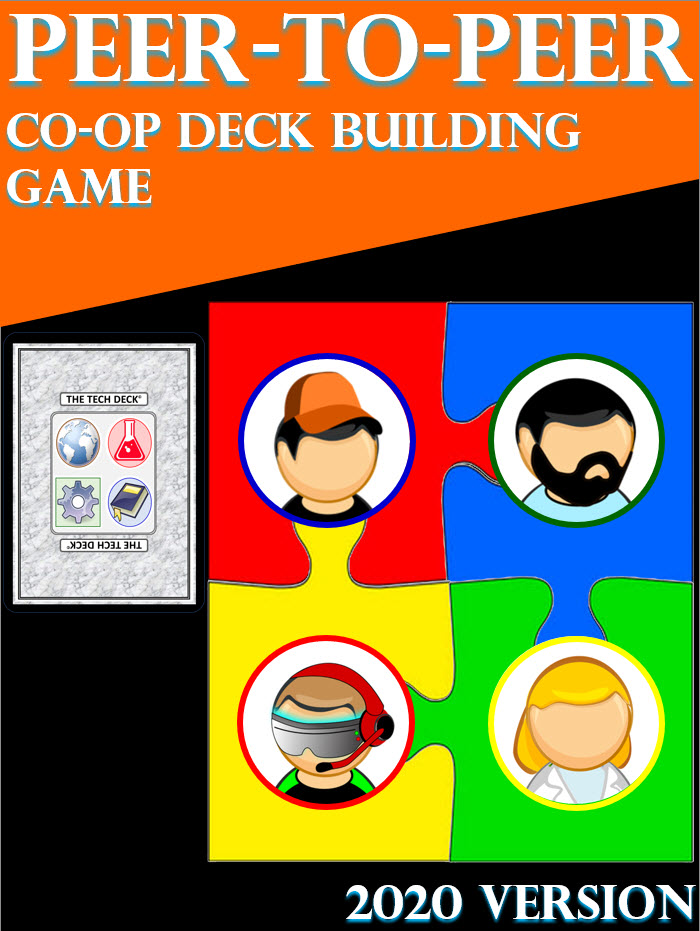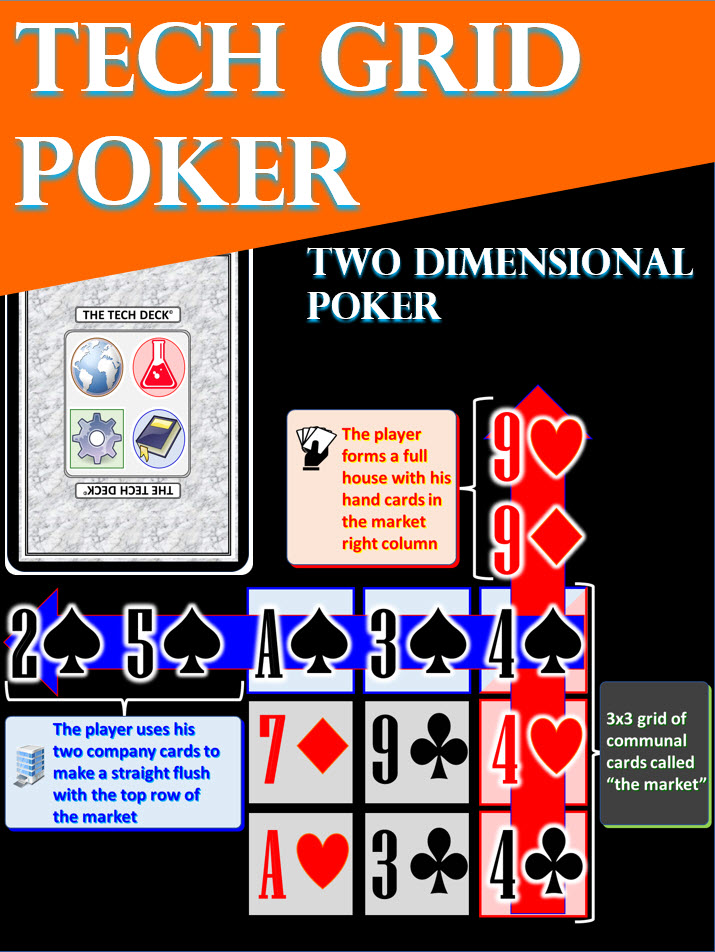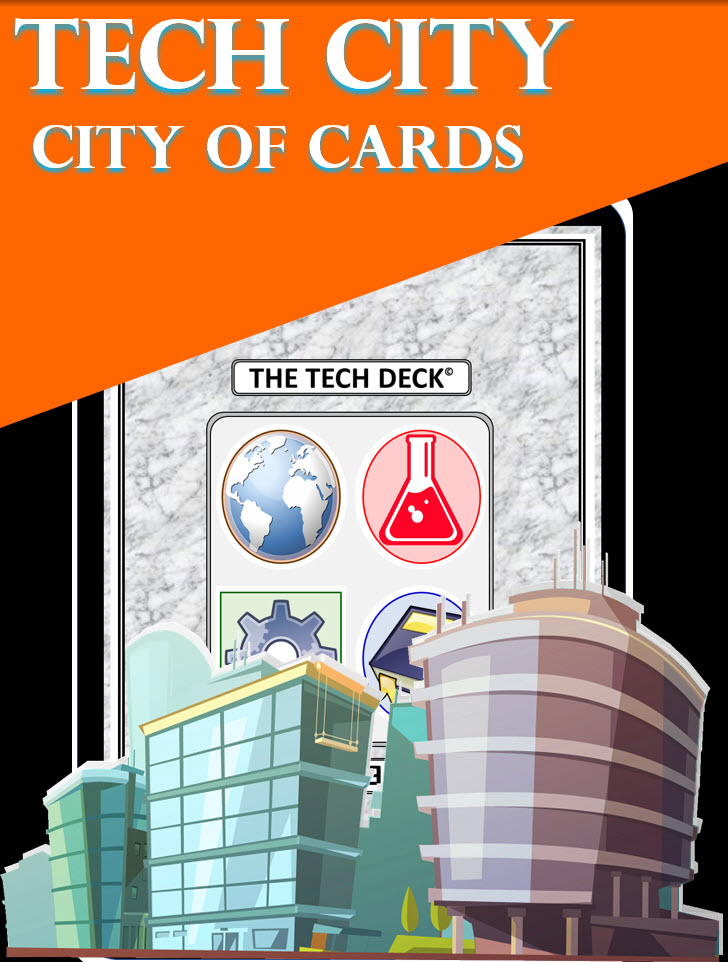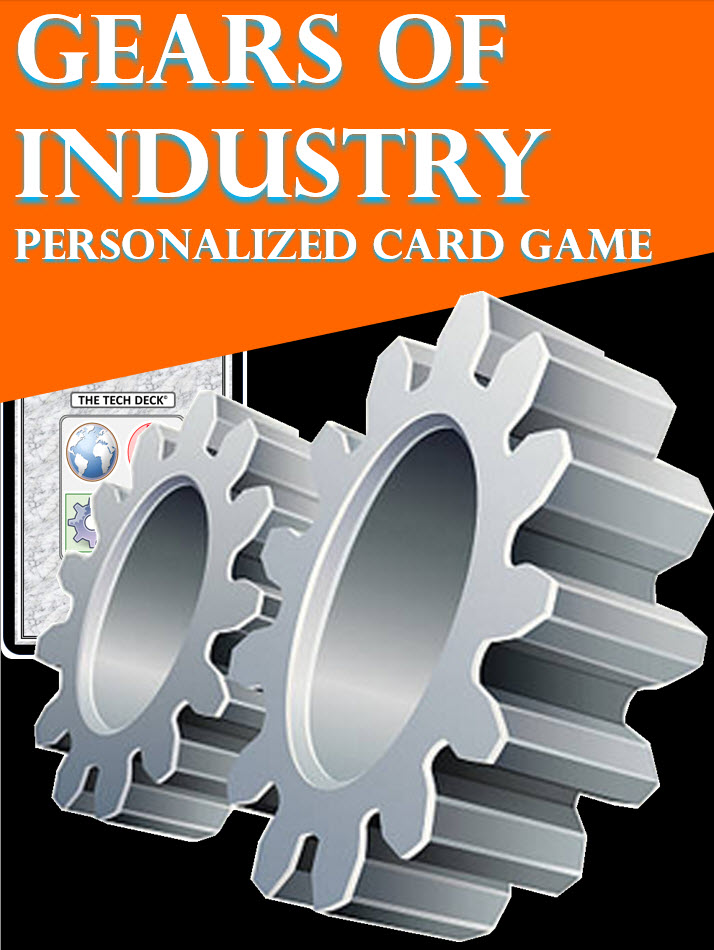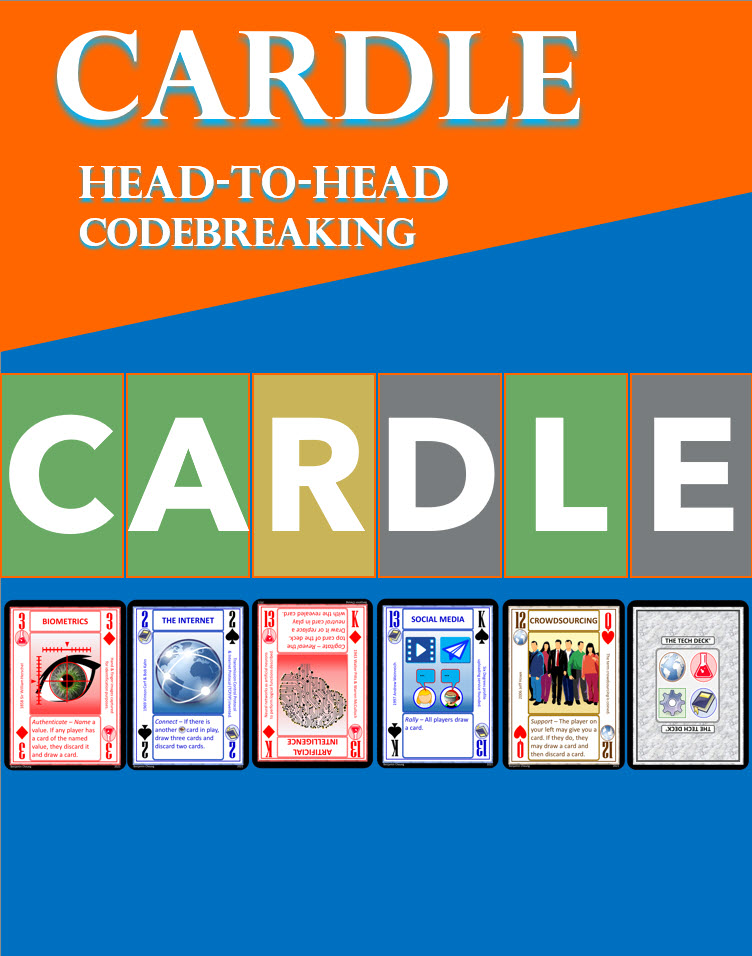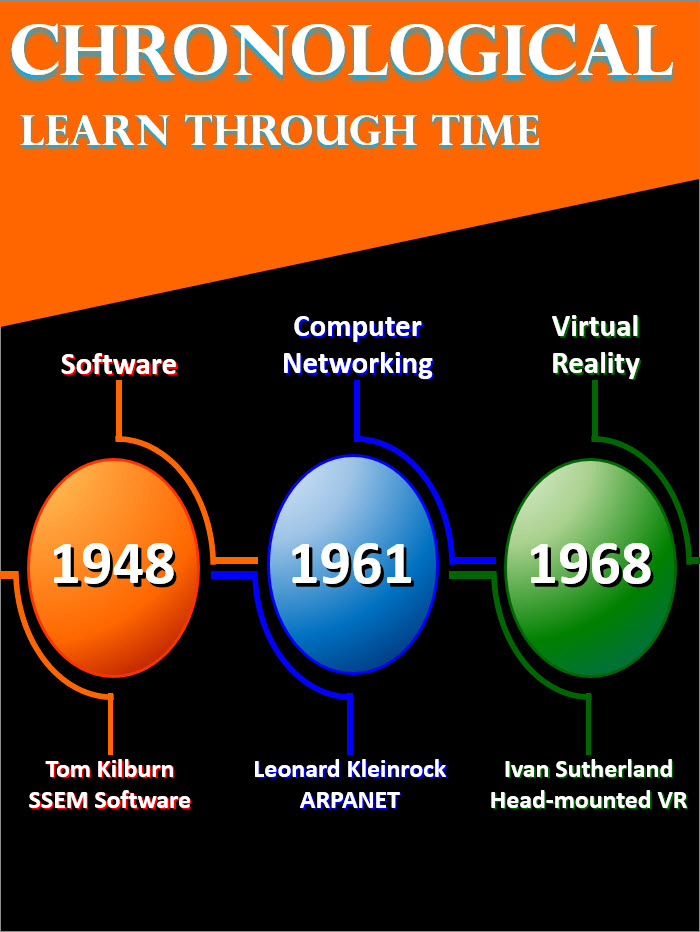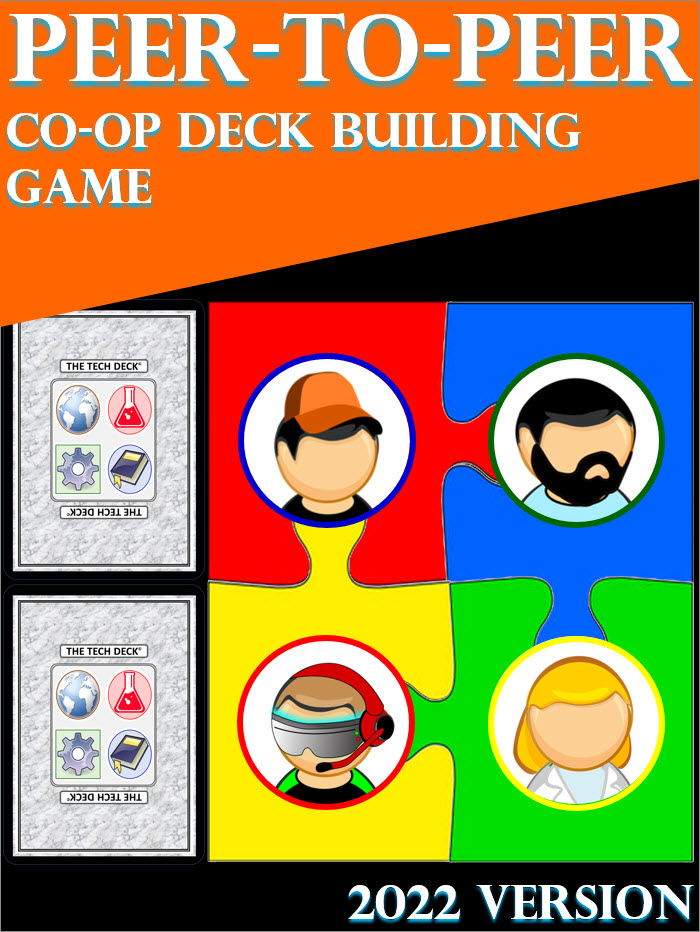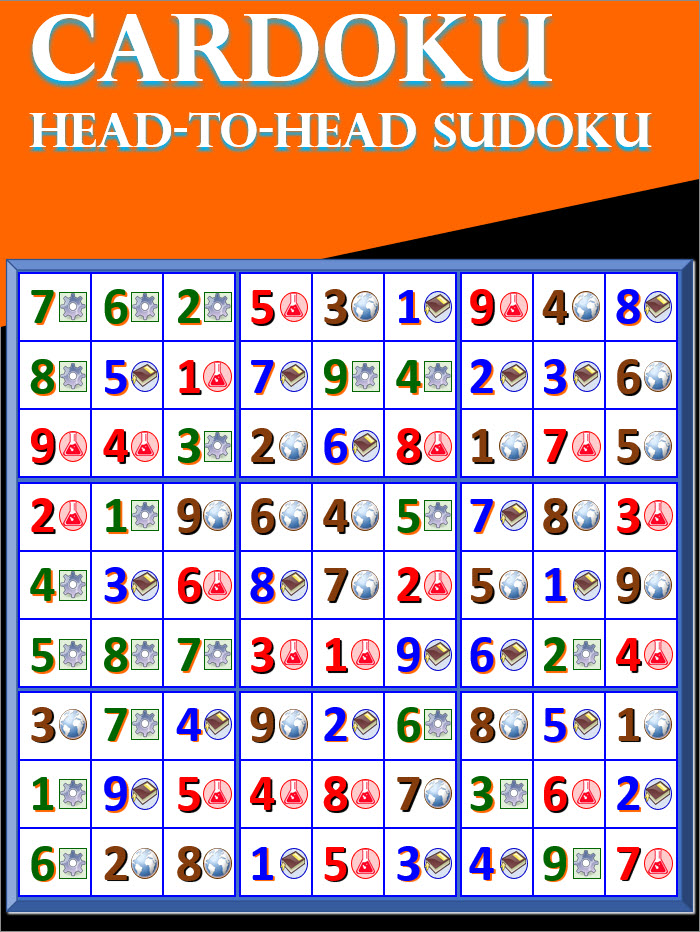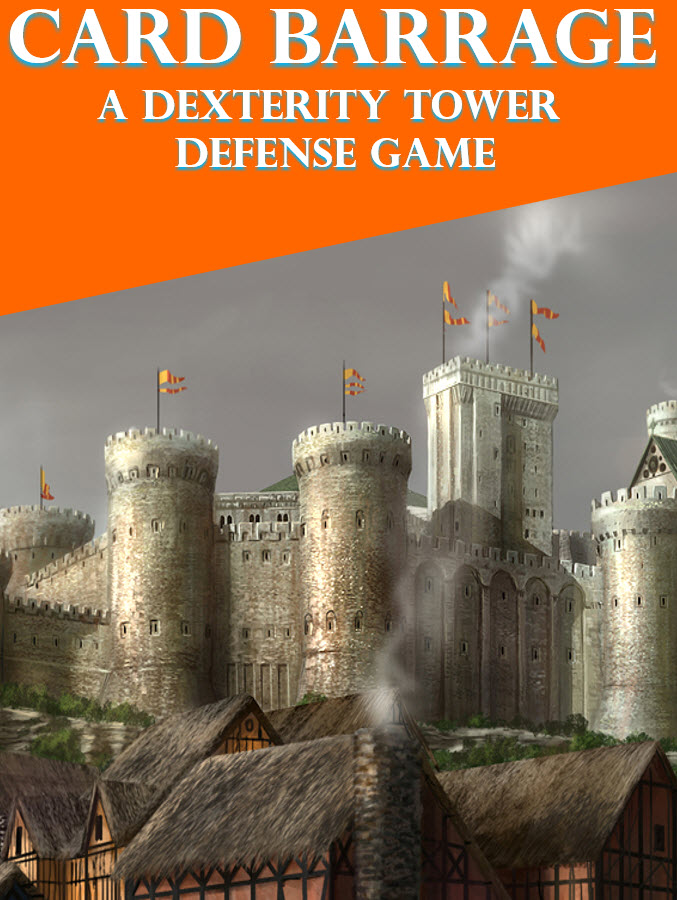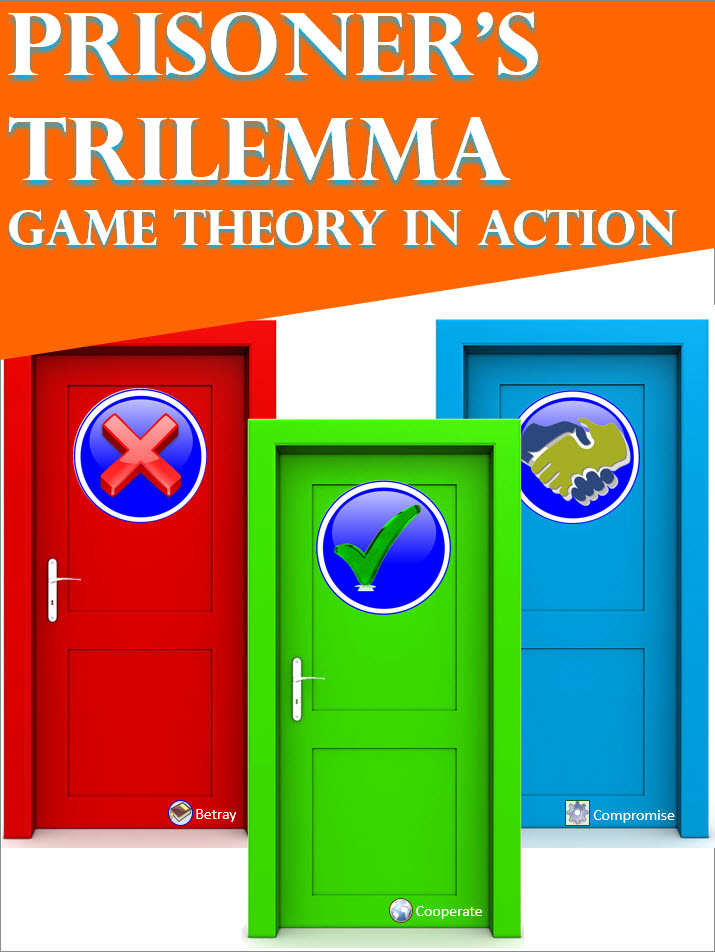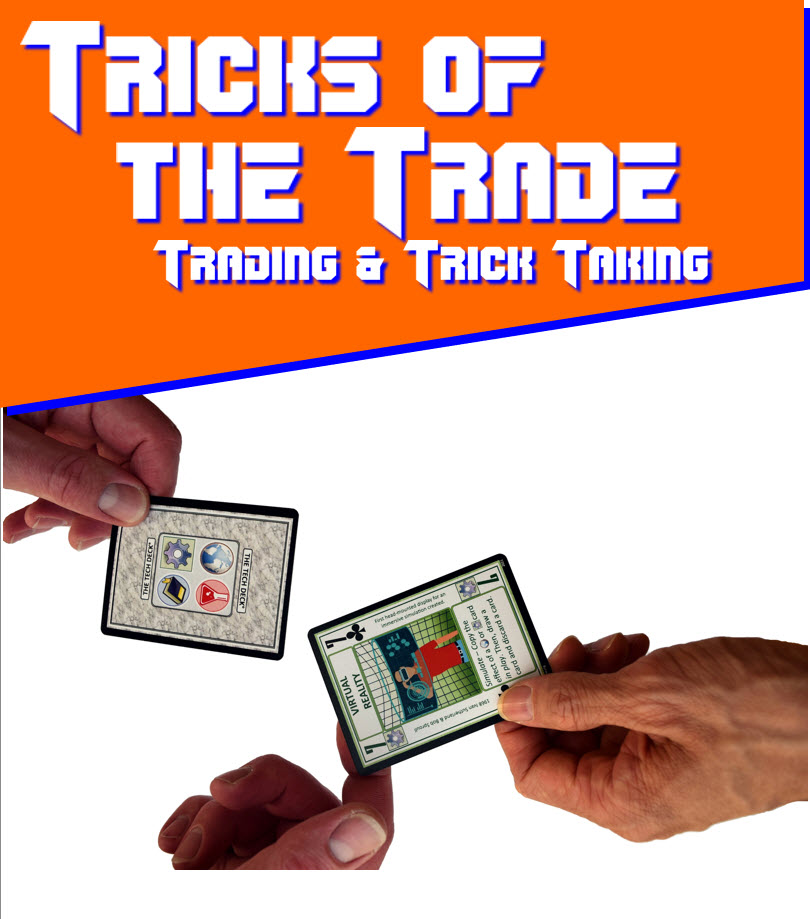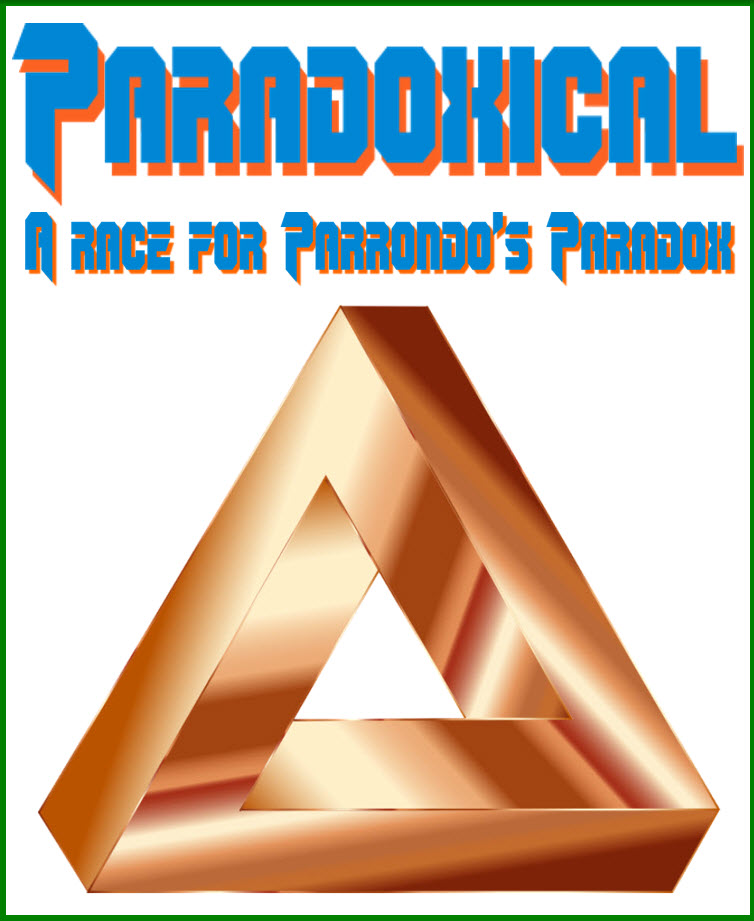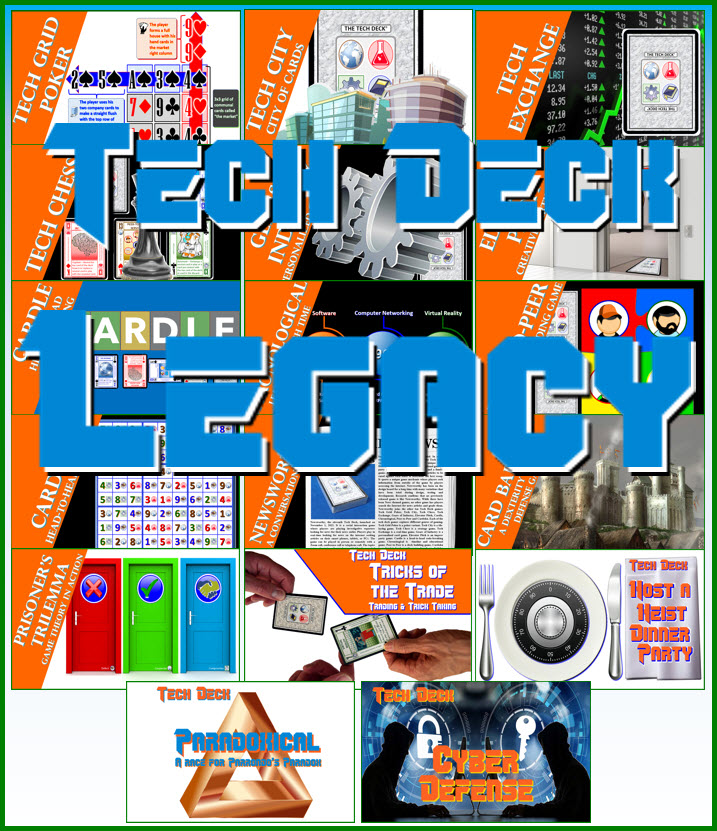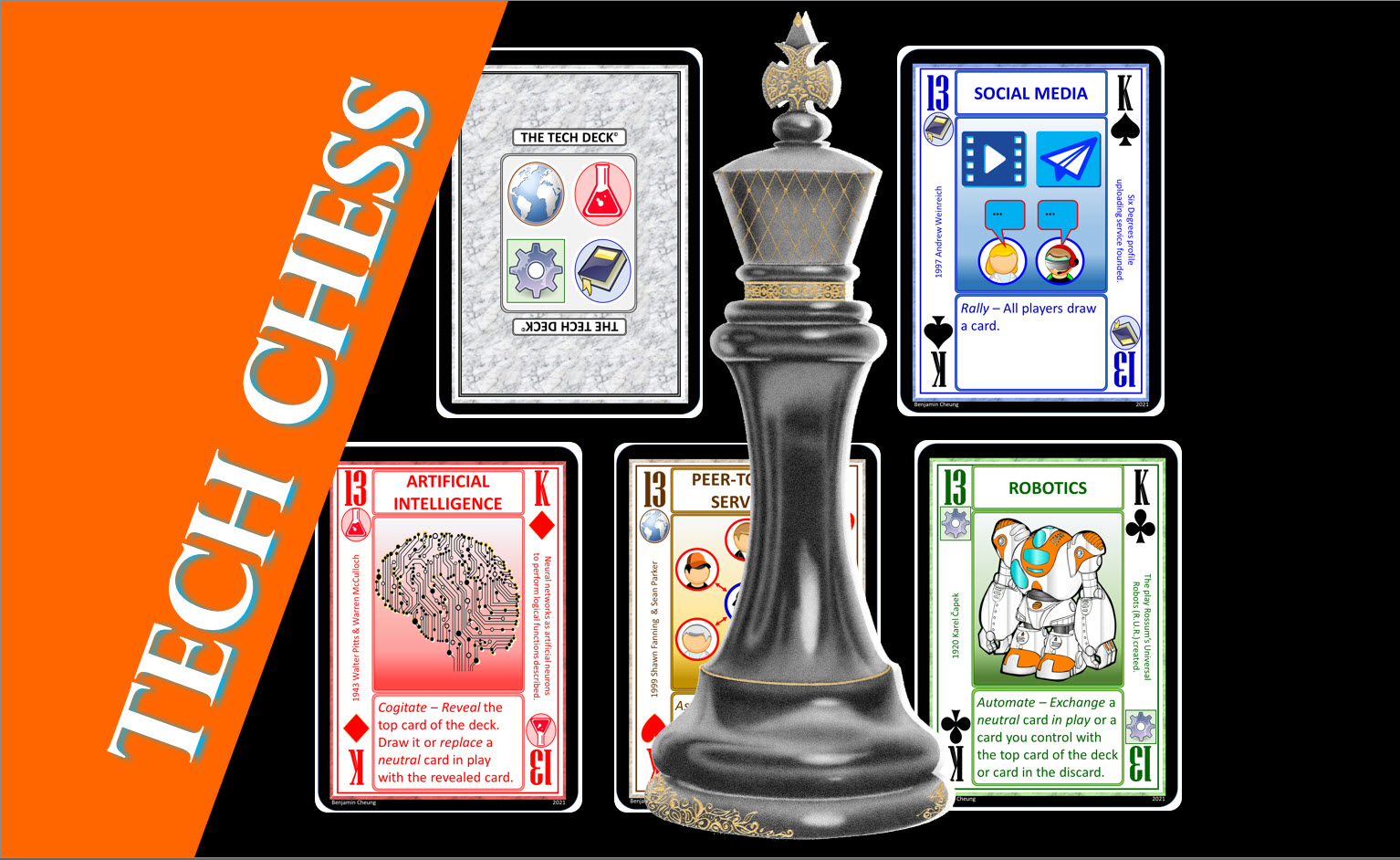
GAMEPLAY OVERVIEW
Chaturanga was the precursor of chess originating in India in the 7th century CE. Chaturanga translates to “four divisions of the military”: cavalry, chariotry, elephantry, and infantry. Then, chess spread from the Middle East to Russia. By 1,000 CE chess had spread throughout all Europe. As chess spread throughout the world, many variants emerged. In China, it evolved to Xiang Qi; in Thailand Makruk; in the Arab world Shatranj; and in Japan Shogi.
Tech Exchange is a two-player, chess variant game where chess pieces each have abilities. It uses a modernized deck of playing cards called the Tech Deck. The cards represent chess pieces on the board each with special abilities. Played on a 6x6 board, each player starts with two kings, a knight, queen, two rooks and 6 pawns that can be upgraded. Players draw 3 cards from the deck at the start of the game. If you like chess, you'll enjoy Tech Chess.
GAME SETUP
STEP 1: DETERMINE A FIRST PLAYER - Randomly determine a first player.
STEP 2: REMOVE THE WILD CARDS - Expel (remove) both the wild cards from the Tech Deck.
STEP 3: SETUP THE PLAY BOARD - The first player takes the 1, 2, 3, 4, 11, 12 and 13 of both the Service and Science cards. He controls the Service and Science domain cards. The first player selects one of the 11 cards in either the Service or Science domain and repeats for the 12 value cards. The second player does the same using the Knowledge and Technology cards. The second player controls the Knowledge and Technology domains. The first player places the 1, 13, 12, 11, 13, 1 pieces (represented by cards) in their first rank arranged in that numerical order. They place the 2, 3, 4, 4, 3, 2 in their second rank in that order. The second player places the 1, 13, 11, 12, 13, 1 pieces on their first rank. Their second rank is like the first player. The domain order of their value 1, 2, 3, 4, and 13 cards can be selected by the owning player. For example, the 13-technology and 13-knowledge can be in either the 2nd or 5th position on the first rank. Both players share a 6 x 6 board. There are two empty rows between the players. You may use either the printed board (provided) or use other face-down playing cards or index cards for the empty positions on the board.
STEP 4: DECK and DISCARD - Shuffle the remaining cards to form a deck placed next to the board. The discard pile is next to it.
STEP 5: DEAL CARDS TO PLAYERS - Deal 3 cards to each player from the draw deck.
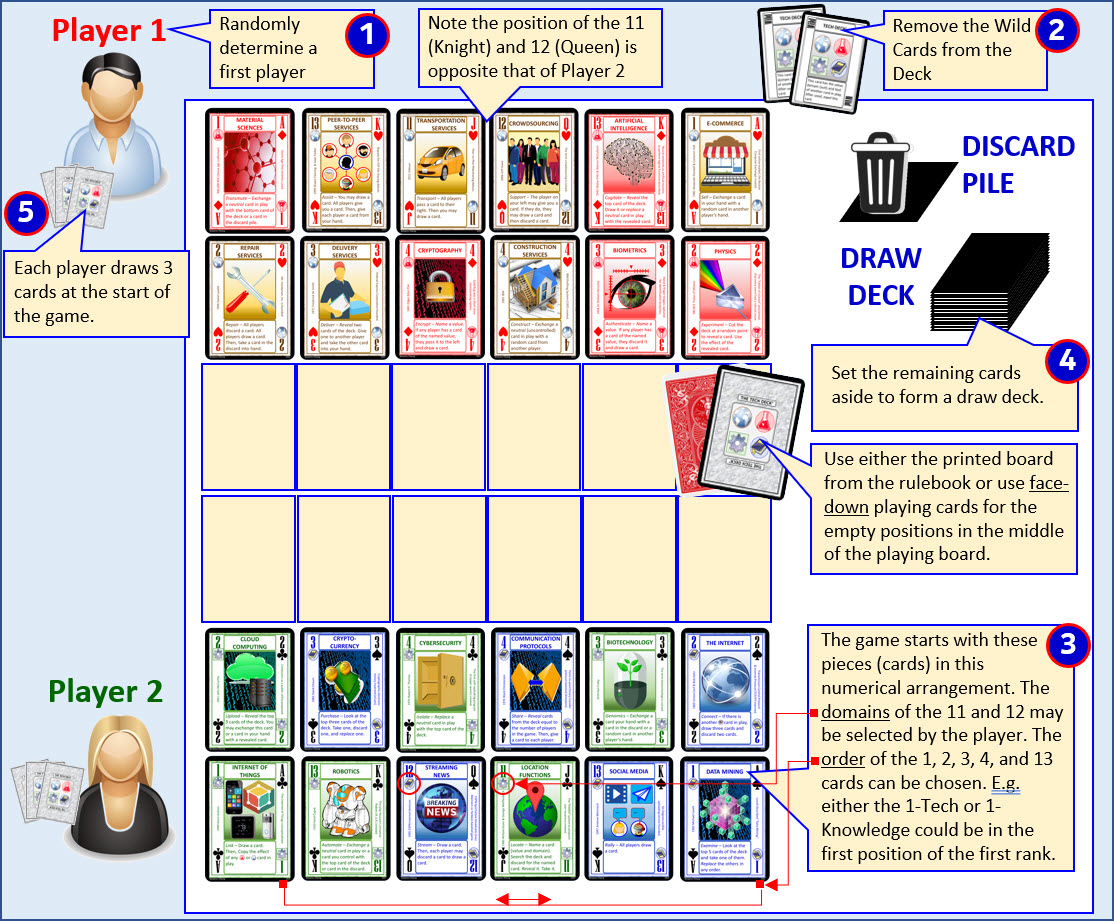
ACTIONS ON A PLAYER TURN
On a player’s turn, they perform one of the following actions:
MOVE A PIECE - The player may move one of their pieces. If he captures an opposing piece, he may use the card ability on the piece (card) that made the capture. Put the captured piece into the discard pile. If you capture a king, expel it.
USE A CARD EFFECTS - A player may use a card ability from a card in their hand. Discard that card after use.
UPGRADE A PIECE - Twice per game, a player may upgrade one of his 2, 3, or 4 value figures (cards) on the board with any non-13 value card from his hand matching his domains by exchanging those cards. Track with tokens or chips.
BUILD A PIECE - Three times per game, a player may build a pawn of value 2-10 on their first or second row of one of their domains from their hand onto the board.
WINNING THE GAME
WINNING THE GAME - If a player has captured both Kings of his opponent, he wins the game. If each player has only one King left and no other pieces, the game ends in a draw. Stalemate occurs when a player cannot make a legal move.
MOVING A PIECE
MOVING A PIECE - On their turn, a player may move one of their pieces (cards). The 1, 11, and 12 move like a rook, knight, and queen in chess, respectively. While the 2-10 are pawns, they move with more freedom than chess pawns. The knights (11-value cards) are the only pieces that can jump over intervening pieces while moving. Remember the ditty “Jumping jacks leap like knights”.
CAPTURING A PIECE - If you move your piece into the same position (space) as an opposing piece you capture it. Remove the captured piece from the board and place it in the discard pile. If you capture a King, expel it instead. You may use the card ability on the card of your capturing piece.
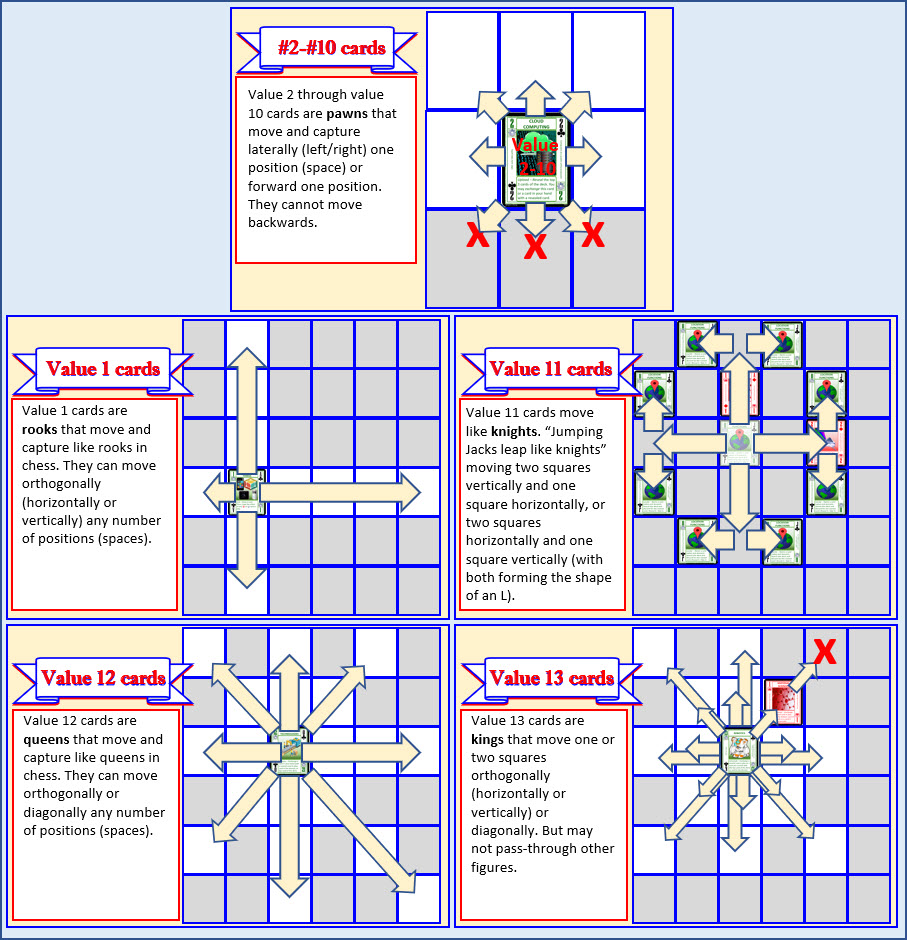
USING CARD EFFECTS
USING CARD EFFECTS - To use a card ability, a player reveals the card and resolves the game effect on it. After resolving the effect, discard the card that was used.
DECK RUNNING OUT OF CARDS - If the deck runs out of cards, or a player needs to reveal more cards than are in the deck, resolve as much as possible. Then, shuffle the discard into the deck and perform the rest of the effect. For example, to reveal 4 cards in a deck with only 2 cards, reveal the 2 cards. Shuffle the discard to create a new deck. Then, reveal an additional 2 cards. If there are still not enough cards in the deck to reveal the requested number of cards reveal as many as possible.
CORNER CASES - If a game effect has multiple effects, but any of them are unresolvable, do as much as possible. Tech chess has no neutral cards. Player pieces are all controlled and in play. Game effects last until the end of the turn if not specified on the card. It is possible that a game card effect will be used again because of a copy effect. Whenever an effect causes “all players” to do something, the active player starts first. Then, the effect passes to the other player. 13-value cards (Kings) may not be exchanged or replaced by a game effect.
UPGRADING A PIECE
UPGRADE A PIECE - Twice per game, a player may use his turn to upgrade one of his 2, 3, or 4-value figures (cards) on the board with any non-13 (king) value card from his hand. The player exchanges a non-13 card in their hand with the 2, 3, or 4-value card on the board matching the domains they control. Player 1 controls the Service and Science domains. Player 2 controls the Knowledge and Technology domains. You may NOT upgrade a piece to a king (13-value). After you upgrade a piece, play then passes to the other player. A player may track the number of upgrades they have performed using counters, tokens, or poker chips.
GAME EFFECTS - The 9-Service (Professional Services), 7-Science (Earth Sciences), and 13-Technology (Robotics) have game effects that can exchange cards in play (pieces) for other cards. These card game effects emulate upgrading piece. However, they do not count against the twice per game limit.

BUILDING A PIECE
BUILD A PIECE - Three times per game, a player may use their turn to build a pawn. A player can bring in a new piece into the game of card value 2-10 on any position on their back row (first rank) or second row. They place a pawn, a card of value 2-10, of one of their domains from their hand onto the board. After you build a piece, play then passes to the other player. A player may track the number of builds they have performed using counters, tokens, or poker chips. Note: it is possible to recover a previously captured 2, 3, or 4 value card (upgradable pawn) from the discard pile via card game effects, build it with an action, and then later upgrade it to a capital piece (1, 11, or 12 value piece).
WINNING THE GAME
WINNING THE GAME - If a player has captured both Kings (13-value card) of his opponent, he wins the game. If each player has only one King left and no other pieces, the game ends in a draw.
CHECKS and STALEMATE - When a King comes under fire, the attacker announces “check”. If the other player still has two kings in the game, they are not obligated to move their checked king on their next turn. However, if they only have one king left, they are. If you have two kings, it is also legal to move a King to a position where it might be captured. If a player has only one king left and their king is not under attack, but is unable to move, it is a stalemate.
DOWNLOAD THE RULES
Tech Chess Full Rules:
Tech Chess Rules
Tech Chess Rules Insert:
Tech Chess One Page Summary
INTRODUCTION VIDEO
Watch a video on the introduction of Tech Chess:
PLAY GUIDE VIDEO
Watch a play guide video for Tech Chess:
ENTRY ON BOARD GAME GEEK

You can read and explore the
BoardGameGeek entry for Tech Chess.
PUBLICATION INFORMATION
·
Published: February 21, 2022
·
Format: Card Game
·
Elements: 54 Cards
·
Size: 3.75" x 2.8751" x .875"
ORDERING TECH CHESS
·
To purchase the Tech Deck:
Contact Me
EXPLORE OTHER GAMES
